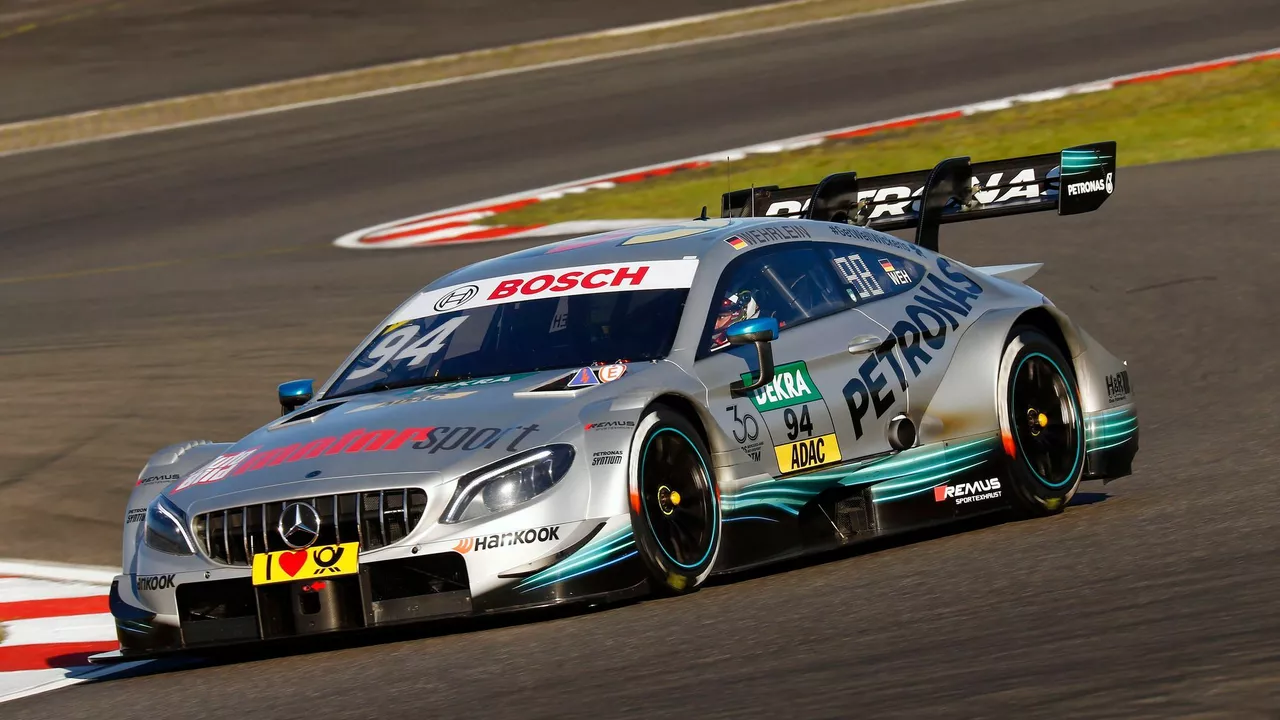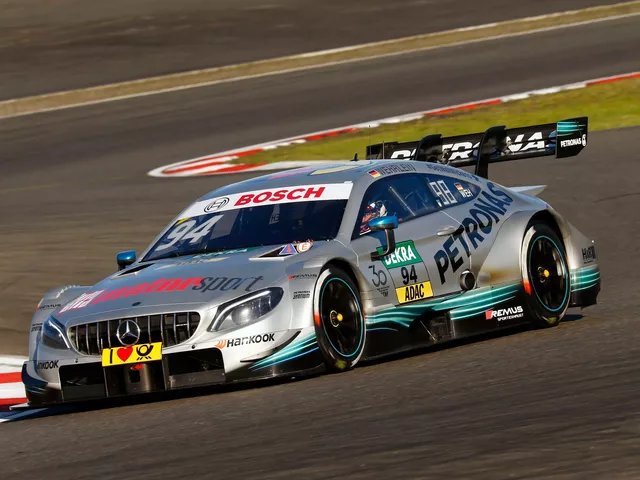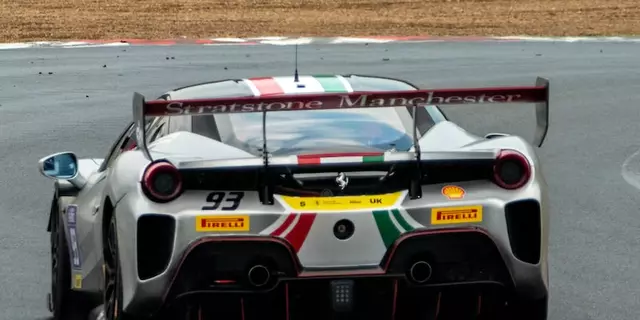Racing Industry Trends: What’s Shaping Motorsport Today
Motorsport isn’t stuck in the past. New tech, tighter rules and fresh ideas are changing the way teams race, build cars and even talk to fans. If you want to keep up, you need to know what’s actually moving the needle right now.
Electric Power is Turning the Corner
Electric and hybrid power units are no longer a gimmick. Series like Formula E have proved that a fully electric car can be fast, exciting and good for the planet. Major manufacturers are now pouring money into battery tech, fast‑charging systems and lightweight electric motors. The result? More instant torque, quieter streets and a new kind of racing strategy that revolves around energy management instead of just fuel load.
Even traditional series are feeling the pressure. The World Endurance Championship now requires a hybrid component for its top class, and the latest Formula One regulations limit fuel flow to push teams toward greener solutions. This shift is creating a market for new parts, new jobs and new skills – think engineers who can balance a battery pack as well as a combustion engine.
Safety and Data: The New Competitive Edge
Safety has always mattered, but today it’s backed by data. Advanced crash structures, stronger roll cages and smart helmets that monitor head impact are becoming standard. Tracks are adding bigger runoff zones and more sophisticated barrier systems, all based on simulations that predict where accidents are most likely.
On the data side, teams are using dozens of sensors on the car, the driver and even the weather to make split‑second decisions. Telemetry streams live to engineers who can tweak engine maps, brake balance or aerodynamic settings while the car is still on the track. Drivers get real‑time feedback on their heart rate and G‑force, helping them stay focused and avoid fatigue.
Fans are also seeing the benefits. Live data overlays on broadcasts let viewers see tire temperatures, brake wear and power output as the race unfolds. That level of transparency makes the sport more engaging and draws in a younger, tech‑savvy audience.
Beyond the track, sustainability rules are tightening. Series are cutting down on single‑use plastics, adopting greener transport for crew and even offsetting carbon emissions. Teams that adapt quickly not only avoid penalties but also attract sponsors who want to be seen as environmentally responsible.
So, what does this mean for you? If you’re a driver, you’ll need to master electric power management and stay on top of your biometric data. If you’re a team, investing in data analytics platforms and safety upgrades will pay off in performance and reputation. And if you’re a fan, expect more interactive content, greener races and a faster, quieter soundscape.
Racing is evolving fast, but the core thrill – pushing the limits of speed and skill – remains the same. Keep an eye on electric tech, safety innovations and data tools, and you’ll always be in the fast lane of the motorsport world.

Is automobile racing a dying sport?
From my perspective, it's debatable whether automobile racing is a dying sport. While it's true that the sport has seen some decline in viewership and attendance, it still retains a dedicated fanbase globally. Environmental concerns and the rise of e-sports are definitely challenges, but they also present opportunities for evolution and growth. So, while the landscape is changing, I wouldn't write the obituary for automobile racing just yet. It's a sport in transition, but not necessarily a dying one.
View More



